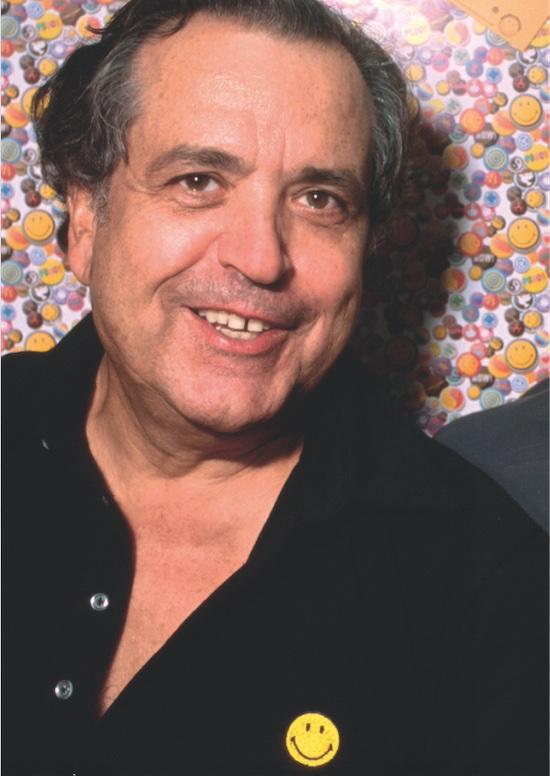However, when most people think of smiley faces today, it isn’t simply dots and lines that come to mind. Instead, most conjure images of the ubiquitous bold yellow circle with a face drawn inside—a design that emerged in the second half of the 20th century.
Though various individuals have claimed the design as their own, the most widely accepted origin story attributes the work to a graphic designer named Harvey Ross Ball.
Based in Worcester, Massachusetts— Ball’s hometown— State Mutual Life Insurance Company wanted to boost employee morale and commissioned Ball to create a graphic that would brighten the mood of its workers after several mergers. It took Ball less than ten minutes to land on the simple, uplifting design we know today.
































